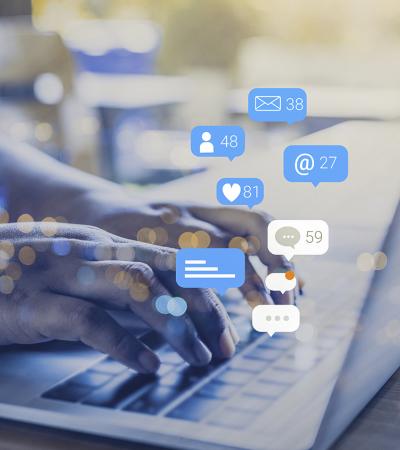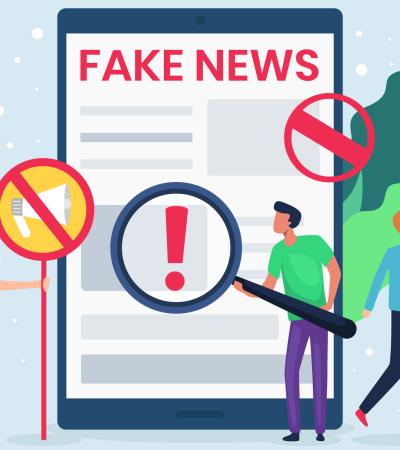Since the 2016 U.S. presidential election, we have become increasingly familiar with the universe of fake news and its proliferation and persistence in print, visual and social media.

Specifically, the conversations have rightfully turned toward the main components of fake news: misinformation, disinformation, and malinformation. Researcher Claire Wardle and her think tank organization, First Draft, define these terms as follows:
- Misinformation is when false information is shared, but no harm is meant.
- Disinformation is when false information is knowingly shared to cause harm.
- Malinformation is when genuine information is shared to cause harm, often by moving information designed to stay private into the public sphere.
>>> Download "Media Literacy in the Library: A Guide for Library Practioners" <<<
>>> Watch a free webinar on Misinformation and Disinformation <<<
Despite what we have learned about fake news and how to combat it, it is still a really difficult task because there is just so much of it and it is becoming increasingly sophisticated as technology continues to advance. Fake news, misinformation, and disinformation often have plausible roots in truth, are deliberately created and disseminated for profit, and can be shared and spread to others in the blink of an eye on social media.
However, despite these complications, libraries and information organizations are in prime positions to assist students and patrons with disputing misinformation, disinformation, and malinformation. This is where media and information literacy come into play, and who better to convey these skills than librarians and information workers?
Program starters
The "History" of Fake News: Look at historical newspapers, paying attention to headlines and the differences in coverage across various publications. Highlight terms like propaganda and yellow journalism. This program could be offered in person or online and could even be a passive program with a webpage or libguide.
Social Media and Tech Tools Used for Trickery: To spotlight visual literacy skills, provide examples of photos and videos that have appeared in print and online, some of which have been altered. Discuss tactics such as cropping, perspective, use of still photos vs. video, and photo manipulation and how they can change the meaning(s) of what we see. Deep fakes and shallow fakes are also part of the visual literacy and technology discussion. This program could also mention fake tweet and fake status generators that are used to impersonate celebrities and deceive people.
Being a Savvy Information Consumer: Assemble top strategies and sources for identifying and combating misinformation, disinformation, and fake news. After these tips and tricks are presented, library staff can walk patrons through several pre-selected examples and then give patrons an opportunity to find their own examples.
Health Misinformation and Disinformation: Using COVID-19 as a starting point, compile a list of fake headlines, sources, and cures related to the pandemic. Then debunk them and provide alternative, credible information. This can build on previous programs by pointing out the roots in truth and the various fake elements / pieces of information.
Discussion questions
- What role does money play in the creation and dissemination of misinformation and disinformation?
- Who are the producers of misinformation and disinformation? And where is it coming from?
- Why don’t people vet information before they share it?
- How do I break free of my filter bubbles and echo chambers?
- What is the relationship between misinformation and disinformation and democracy?
To learn more about media literacy, check out ALA's "Media Literacy in the Library: A Guide for Library Practitioners."


